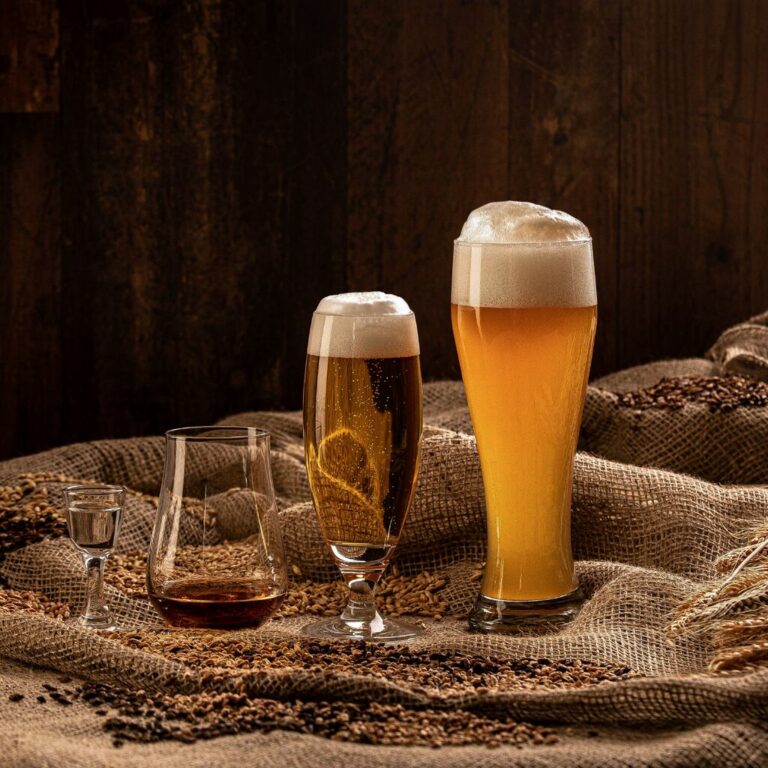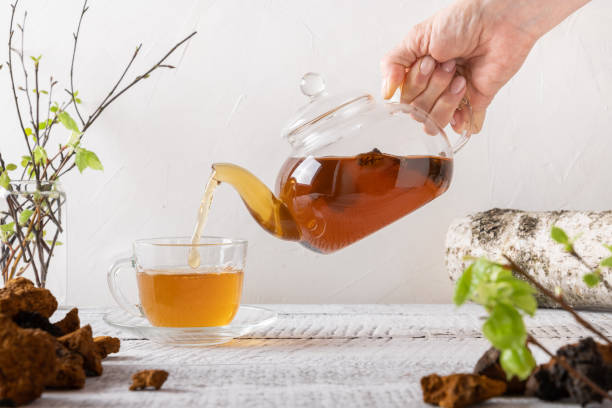Introduction: Namibian beer
Namibia is a country located in southwestern Africa and is known for its unique and diverse culture. One of the things that make Namibia stand out is its beer. Namibian beer is a rich, flavorful, and unique drink that has become popular not only in Namibia but across the globe. It is brewed using traditional techniques that have been passed down from generation to generation.
Brewing process: step by step
The brewing process of Namibian beer is similar to that of other beers, but there are slight variations that make it unique. The process starts with milling the malted barley, which is then mixed with hot water in a process known as mashing. The mixture is then allowed to rest for a few hours before the liquid is separated from the solids. The liquid, called wort, is then boiled with hops, which gives the beer its characteristic bitter taste. The boiled wort is then cooled, and yeast is added to start the fermentation process.
Ingredients: what makes it unique?
Namibian beer is made using a blend of imported and local ingredients, which gives it a unique flavor. The beer is brewed with malted barley, hops, and yeast, which are all imported. However, Namibian brewers use local ingredients such as maize and sorghum, which give the beer its distinct and sweet taste. The use of these local ingredients also makes Namibian beer gluten-free, which makes it a popular choice for people with gluten intolerance.
Fermentation and maturation
The fermentation and maturation process of Namibian beer is the most crucial part of the brewing process. The beer is fermented at low temperatures to give it a smooth and crisp taste. The fermentation process takes about a week, and the beer is then left to mature for several weeks. Maturation allows the beer to develop its unique flavor and aroma.
Popular brands: taste and aroma
Namibia has several popular beer brands, each with its unique taste and aroma. The most popular brands include Tafel Lager, Windhoek Lager, and Castle Lite. Tafel Lager is a light and refreshing beer with a crisp taste, while Windhoek Lager is a premium beer with a rich and full flavor. Castle Lite is a lager with a low alcohol content and a refreshing taste, making it a popular choice among drinkers who prefer light beers.
Cultural significance: beer in Namibia
Beer has a significant cultural significance in Namibia and is an essential part of traditional ceremonies. For example, beer is a crucial part of weddings and is used to welcome guests. It is also used as a form of currency in some communities, where brewers exchange beer for goods and services. Drinking beer is a social activity in Namibia, and it is not uncommon for friends and family to gather and enjoy a cold bottle of beer together.



